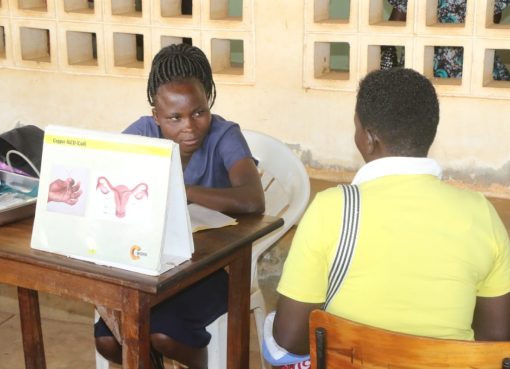The Tana River County has unveiled a four-year County Nutrition Action Plan (CNAP).
The plan is intended to provide a clear road map for coordinated implementation of nutrition interventions by the government and development partners. This is the second County Nutrition Action Plan after the first one lapsed in 2019.
According to the 2020 Tana River County SMART survey, the overall nutrition status of children in the County is classified to be in phase II (Serious) with a Global Acute Malnutrition (GAM) of 13.1 per cent and Severe Acute Malnutrition (SAM) of 2.7 per cent (1.5- 4.8).
The Tana River County has adopted a multi sectoral approach in a bid to improve nutrition levels in the County which mostly affects children and expectant mothers.
“The CNAP is a five (5) year plan aimed at decreasing cases of malnutrition. The problem of malnutrition cannot be solved by the Health Department alone, we will work closely with the Agriculture, Livestock, and Education and Water Departments,’’ County Nutritionist Omar Makopa said today at the Hola Refferal Hospital.
The CNAP has outlines chronic and acute food insecurity, poor dietary diversity, and low access to fortified foods, suboptimal child care and drought as the major factors contributing to high rates of malnutrition in the county.
The County nutritionist noted that malnutrition in Tana River is prevalent in areas predominantly inhabited by pastoralist communities.
“Pastoralist families usually move in search of water and pastures for their livestock. Milk production is low in drought periods like now and this affects household food security, thus high cases of malnutrition among pastoralist communities,’’ added the county nutritionist.
The farming communities are also in the danger of malnutrition as a result of low rainfall, which was unevenly distributed and some areas did not receive a drop.
The County nutritionist noted from last year assessment of the short rains which fall between October and December, 7497 children were in danger of having malnutrition. The number could increase due to low rainfall levels.
An assessment of the long rains will be conducted by the county this month, and will be able to discern the impact of the rains in relation to nutrition.
According to National Drought Management Authority, May Report, on average 3.89 mm of rainfall was received in Tana North (Bura), 6.18 mm received in Galole Sub- County and 10.19 mm received in the Tana Delta (Garsen) respectively.
“Most wards received between 0 mm to 10 mm across the County. The amounts received were below normal at this time of the year.”
“The rainfalls were unevenly distributed across all the three sub-counties. Most wards had not received any substantial amount of rainfall by 29th May 2021,’’ read the NDMA May report.
By Sadik Hassan




